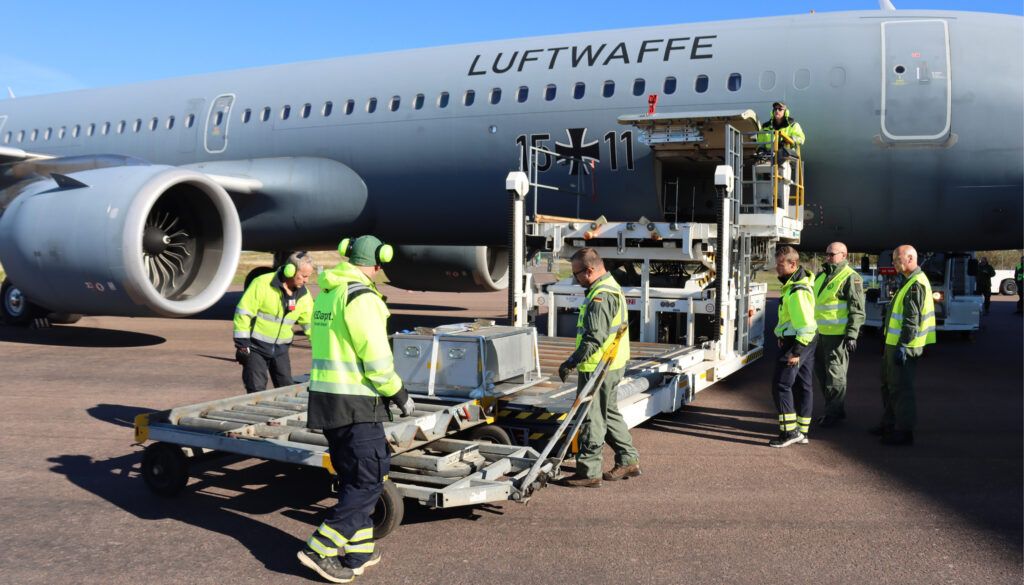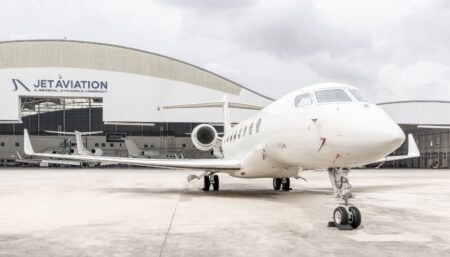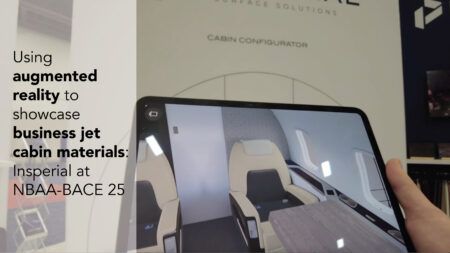One of the two German Air Force Airbus A321LR aircraft modified by Lufthansa Technik in recent years for troop transport and patient airlift recently completed its first medevac (medical evacuation) training mission. The video showcases the conversion to medevac role by Lufthansa Technik.
During the Resilient Care exercise, conducted jointly with NATO partners Sweden, Norway and the Netherlands, one of the A321LR aircraft served as the centrepiece of realistic training in the evacuation of people from a fictitious conflict zone.
The aim of the multinational exercise, which also involved civilian authorities, was to train in the handling and treatment of a high volume of patients on NATO’s northern flank in the context of national and alliance defence. Procedures ranging from first aid and further medical treatment to patient transfer into other countries were practiced in a realistic manner. For the German Air Force, this marked the first extensive participation in this exercise within its aeromedical evacuation field of expertise.
Lufthansa Technik extensively modified the two aircraft with the tactical markings 15+10 and 15+11 for this very role. As a result, they are available to the German Armed Forces in four configurations: one for troop and delegation transport and three for medical evacuations. Each aircraft can be used for the simultaneous transport of up to six intensive care patients and up to 12 patients with minor or moderate illnesses/injuries. A mixed configuration of intensive care beds and troop transport capabilities can be set up as well.
The linchpin for intensive care transport in the A321LR is the Patient Transport Unit New Generation (PTU NG). This was developed by Lufthansa Technik to meet all requirements for modern medical equipment, relevant medical standards and flight safety requirements, as well as NATO specifications. Lufthansa Technik has nearly 30 years of experience in military and civilian use of the PTU.
The cabin for both aircraft was developed in Hamburg, Germany, in close collaboration with military medical personnel and physicians. It is modular and highly flexible in design, for example with foldable cabin monuments that can enlarge the entrance area. This is intended to enable the German Armed Forces to bring patients on and off board in a recumbent position, as seamlessly and gently as possible, without having to reposition them to another bed. It is also to enable medical equipment to be installed quickly and easily in the cabin. Up to 72,000 liters of oxygen can be carried safely, and is readily accessible during flight for patient care.





